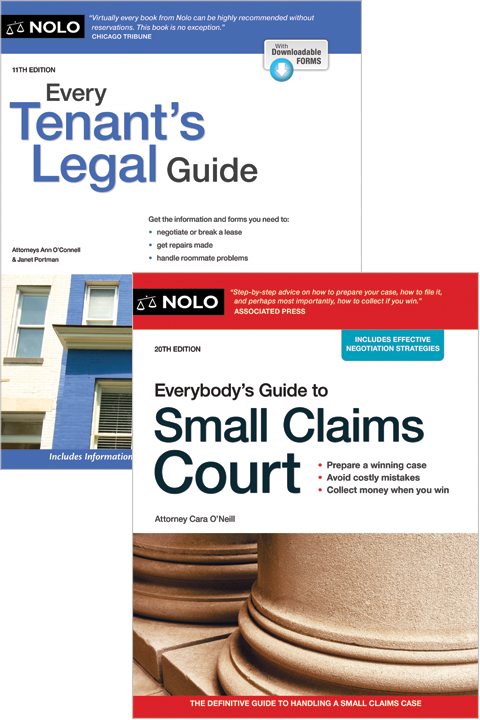A tenant has signed a lease or rental agreement with a landlord. A subtenant is someone who subleases or rents all or part of the rental property from a tenant.
Answer
A tenant has signed a lease or rental agreement with a landlord. A subtenant, on the other hand, is someone who subleases or rents all or part of the rental property from a tenant, and does not sign a lease or rental agreement with the landlord.
There are a few different types of subtenants:
- Someone who lives in the rental unit with the tenant without signing the lease or rental agreement. For example, the girlfriend of a tenant may be a subtenant if she lives with her boyfriend (the tenant) but has not signed the lease or rental agreement. If the girlfriend only stayed occasionally at the tenant's rental unit, she would usually be considered a guest. Many leases and rental agreements set limits on guest stays in order to prevent an occasional arrangement from becoming a permanent subtenancy.
- Someone who rents (sublets) an apartment while the tenant is away temporarily, such as for the summer. A tenant who sublets is acting as landlord with the subtenant (and typically does have the right to terminate and evict the subtenant).
Savvy landlords want all occupants of a rental unit to sign a lease or rental agreement and typically prohibit subtenants without the landlord's written consent. This gives the landlord some control over who lives in the rental unit and a legal relationship with all residents (crucial when it comes time to collecting rent or ending a tenancy). In a few states, including California and Florida, landlords may not unreasonably withhold their consent to a subtenancy, unless they have a good business reason for doing so (for example, if a subtenant does not meet the landlord's criteria for selecting tenants, in terms of credit history, references, and the like).
For a more detailed discussion of the rights of tenants and subtenants, see Nolo's book Every Tenant's Legal Guide (or California Tenants' Rights, if you rent property in California).
Talk to a Lawyer
Need a lawyer? Start here.
How it Works
- Briefly tell us about your case
- Provide your contact information
- Choose attorneys to contact you
- Briefly tell us about your case
- Provide your contact information
- Choose attorneys to contact you



